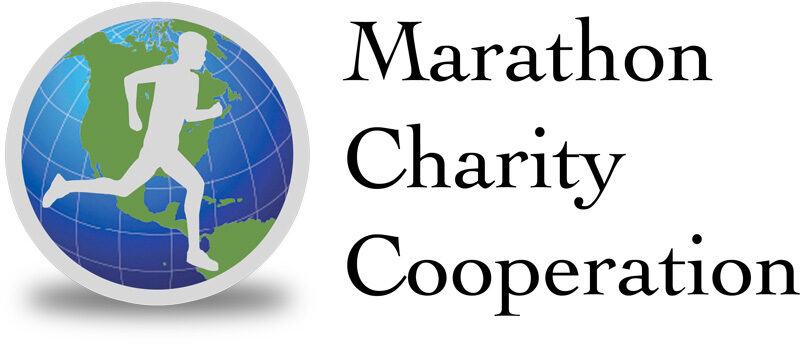Kafi Drexel in SELF magazine
When TriggerPoint recently came out with its firmest foam roller yet, the GRID X, I have to admit I kind of winced. Ever since I suffered an overuse injury from marathon training, foam rolling has been a little bit of a sore spot for me.
The trouble is I just didn’t know how to use it effectively pre- and post-workout to bring relief to all of those stressed out aches, pains and uber-tight trouble spots. Enter Susan Stanley, one of TriggerPoint’s Master Trainers and master massage therapist as well as top level training coach with Equinox. Her do’s and don’ts are major game-changers.
DO Try an all-purpose plan to prep your body for most activity. Think of rolling out all of your potential trouble spots in a zig zag pattern: the back of the calves, front quads, glutes, hip flexor on your front, thoracic spine on the back, and pecs on the front. “From sitting to carrying stuff (plus) fatigue your body tends to crumple down like a collapsing ‘z’ or spring,” explains Stanley. “By working the muscles in this order we allow all the major joints of the body to open back up. It’s like opening an accordion.”
DON’T Roll so hard it hurts. “One of the mistakes people make is they try to cause as much pain as possible. That’s not good because it shuts down the body’s desire to move,” says Stanley. “When you are doing these protocols you should find the edge where you are feeling slightly uncomfortable but never a pain that will make you react or not breathe. You should be able to breathe through the movement.” The massage therapist says to think of it as exactly that, a massage! If you are flinching in the middle of a massage, that’s too much! You should be able to relax.
DO Roll the entire body when warming up for activity. You want to fire up the body and excite it for exercise. This helps with blood flow and awakening the body. For post-workout rolling go more slowly and hold the roller in spots for longer while breathing deeper into the movement. You want to work on things that feel sore and tight when your body is ready to rest.
DON’T Take a seat after warming up before your workout. “You’ve opened a window for movement with your body. It’s important to move and stretch after you do it. If you just sit back down your body will immediately revert,” warns Stanley. Try doing moves that mimic the pattern of your workout before going full throttle. For example, if you are going for a run move through some reverse lunges before fulling integrating everything you’ve done into your workout.
DO Put a timer on it. This is good news for those who don’t want to invest as much time in this routine as your actual workout! In the beginning, to keep the warmup quick and efficient, allot 5 to 10 minutes max. “You could spread whole body work over 30 minutes if you choose. But at first you don’t want to overwhelm the tissue. If you spend too long in one spot your body begins to shut down. You want the minimum effective dosage,” says Stanley.
DON’T Get discouraged. Sometimes rolling can feel like more of a workout than spending time in a CrossFit box. Keep in mind when you are rolling sometimes you have to put your body in positions where you have to use your core and rely on shoulder stability. “It won’t be that way forever once your body gets used to it. Sometimes it will also feel like more of a workout because your muscles are just that tight,” says Stanley. (But if you are looking to get more of a workout feeling on the GRID X, there is actually a program for this on the TriggerPoint web site called “SMRT-CORE.”)
